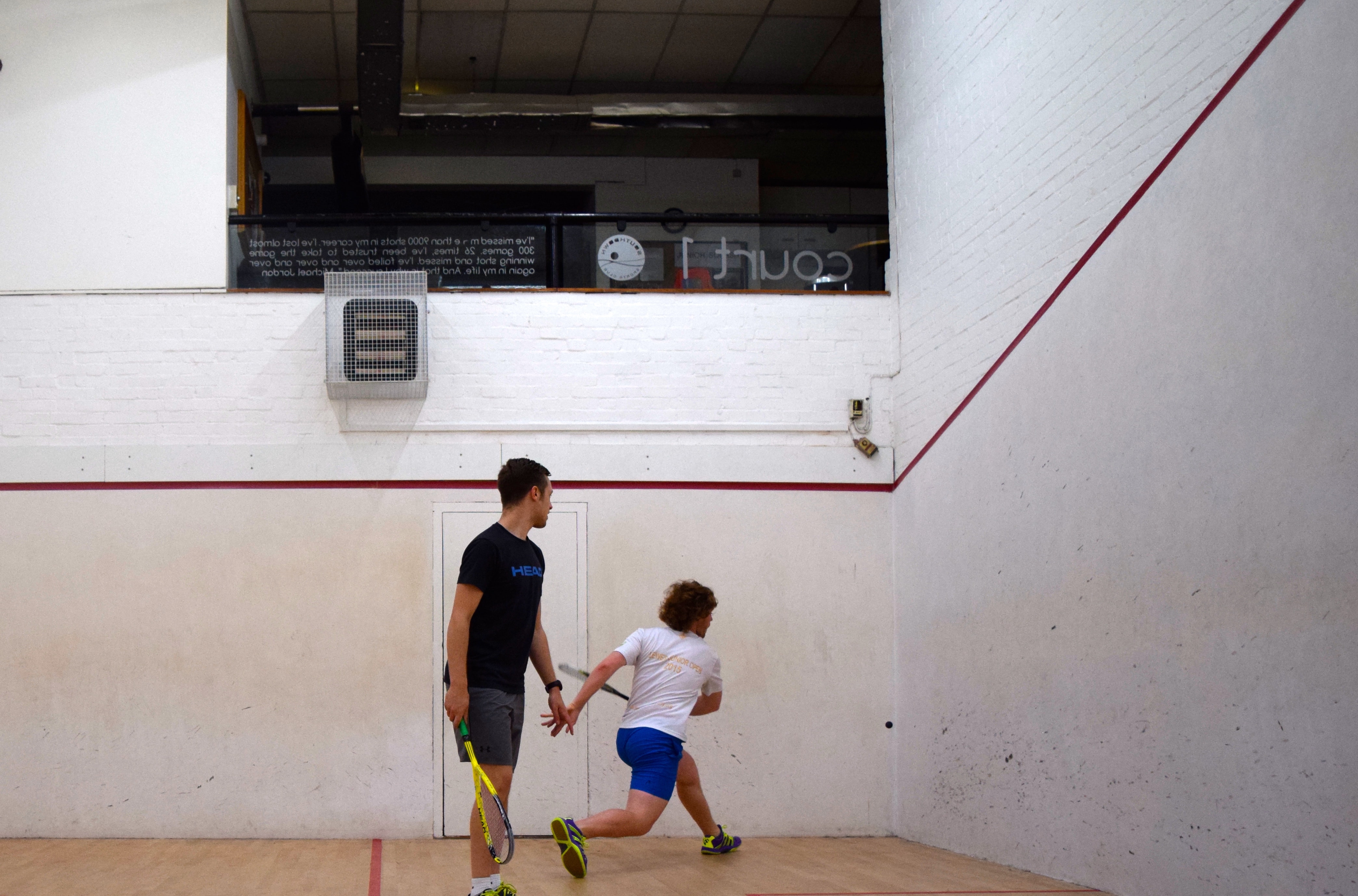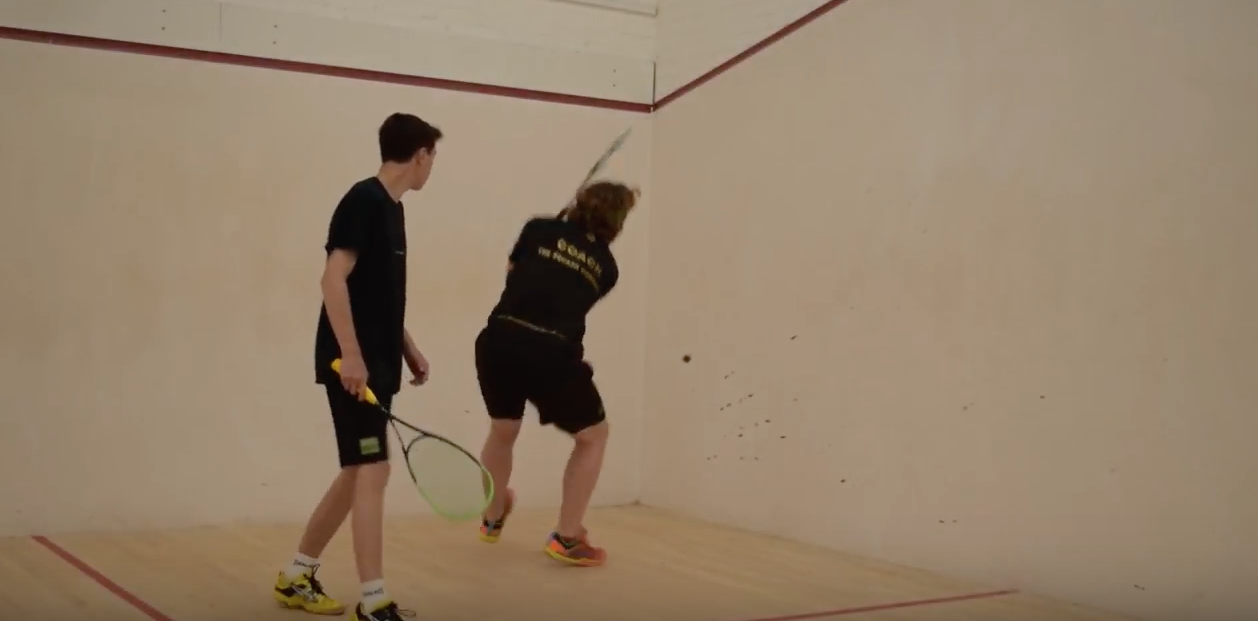Getting underneath the ball to reach high levels of quality consistently.
Playing lobs in squash is is important but it can be tricky to keep lob shots from going out or coming off the back wall, especially when the ball and or court is warm. Lob shots, particularly straight lobs, can have quite a small margin for error, although this is mostly because people don’t prepare to play lobs correctly!
Getting underneath the ball
It’s important when you play a lob shot, and indeed many shots (especially the drop), that you get low. When playing a lob, you want to be able to hit the bottom of the ball, as this makes it easier to lift the ball and hit the top area of the front wall. In order to do this, you need to really bend your knees and drop your hips. How low you need to get depends largely on the bounce of the ball but you need to get into a position where you can easily get your racket underneath the ball and hit the bottom of it. If the ball or court is warm, you might not tend to drop your hips or bend your knees all that much to get under the ball but if the ball hasn’t got much energy left on it and is about to bounce twice, you might need to be squatting like people do in the gym.
A lot of players will attempt to simply dangle their racket down while remaining fairly upright, which isn’t a recipe for consistency in high quality lobs. Of course dangling your racket will get a few reasonable shots and you may even strike the ball well by doing it, but to achieve the top range of accuracy and the perfect pace – hitting the lob slow and very high on the front wall and very tight to the side wall – you need to get into a low, balanced position.
It’s a really easy thing to practise too as you can do it during the knock-up or warm-up before the match, which is good not only to get some practice in but also for getting you to use your knock-up purposefully by practising hitting shots of different paces and heights, which is particularly good for getting you focused.
If you have problems keeping lob shots in or getting them to the required quality to be useful in your matches, check how low you are getting and start by practising this during the warm-ups before your matches!

